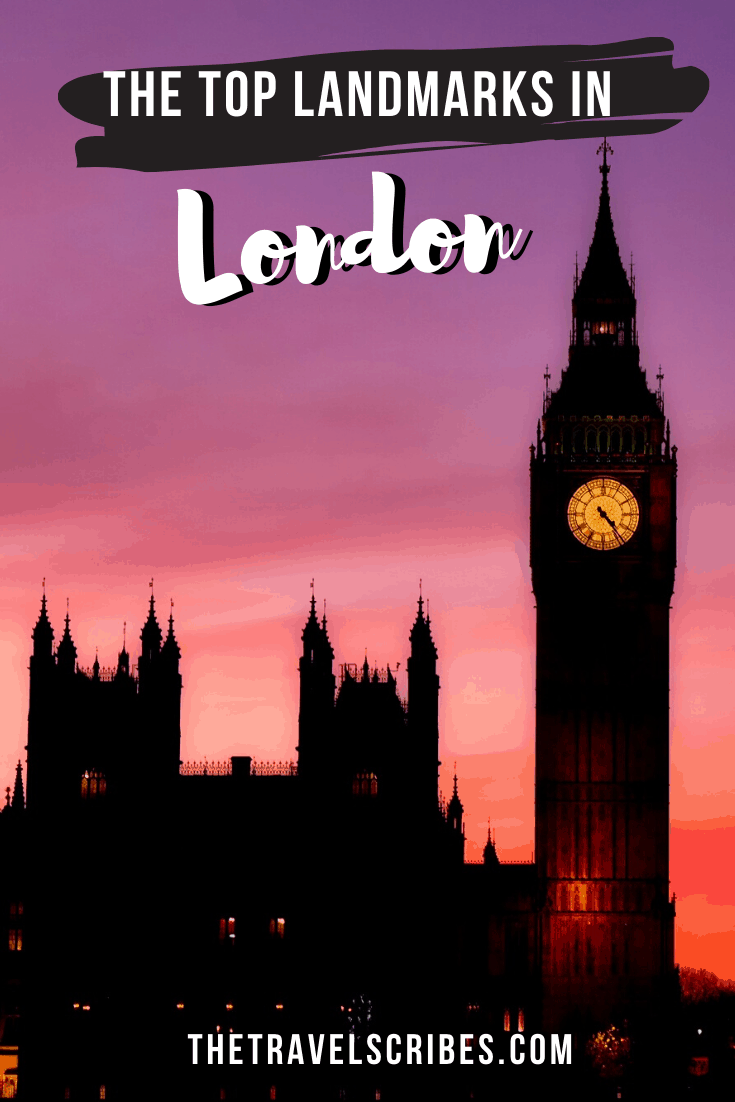London is one of the most famous cities in the world and, with its history and heritage, there is no wonder that the capital of England is absolutely littered with iconic landmarks. As soon as you think of London, what springs to mind? The Houses of Parliament with its renowned ‘Big Ben’ clock tower, St Paul’s Cathedral, The London Eye, Tower Bridge and Westminster Abbey. Oh and, of course, the quintessential London black cab… there are just so many! So, which ones are the best? We’ve curated a list of our favourite landmarks in London.
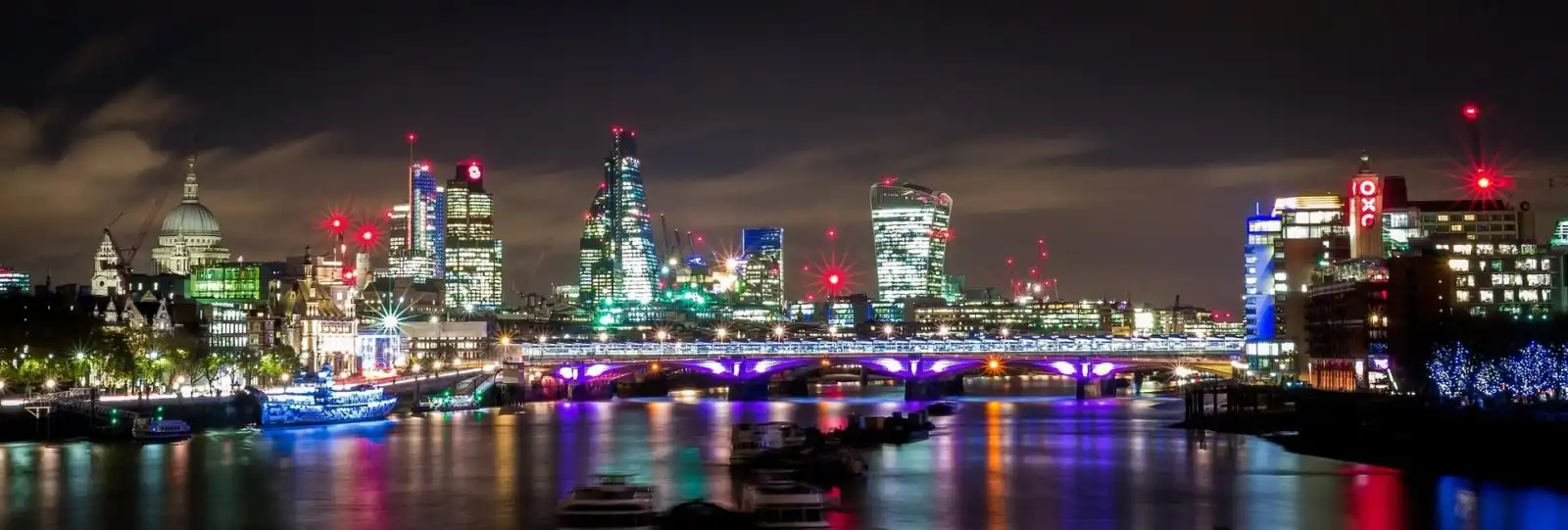
We’ve also got a few ideas on how to get around in London, so scroll down for those.
Did we miss something in this list? Let us know in the comments if we’ve missed a key sight (or two!).
Want some less touristy places in London to visit? You can also check out our list of the best hidden gems in London here.
Skip ahead
Our Top 10 favourite London Landmarks
- The London Eye
- Tower Bridge
- St Paul’s Cathedral
- Big Ben & The Houses of Parliament
- Buckingham Palace
- The Natural History Museum
- The Royal Albert Hall
- Westminster Abbey
- Covent Garden
- Hyde Park
Read next: Want to add the perfect quote to your awesome London landmark photo, we have you covered with these epic quotes about London.
The Ultimate List of London Landmarks
St Paul’s Cathedral
This has to be one of London’s, if not England’s most famous landmarks. St Paul’s Cathedral is also one of the most impressive cathedrals in Europe. Set on the highest point in the City of London, Ludgate Hill, the current cathedral was built in the late 1600s by Sir Christopher Wren. However, there has been a church here since the 7th century.
Alongside one of the most impressive cathedral domes that you’ll ever see, you can enter the Crypt, the Whispering Gallery and the Stone and Golden Galleries, which offer some of the best views of the City of London. It’s a true London bucket list experience.
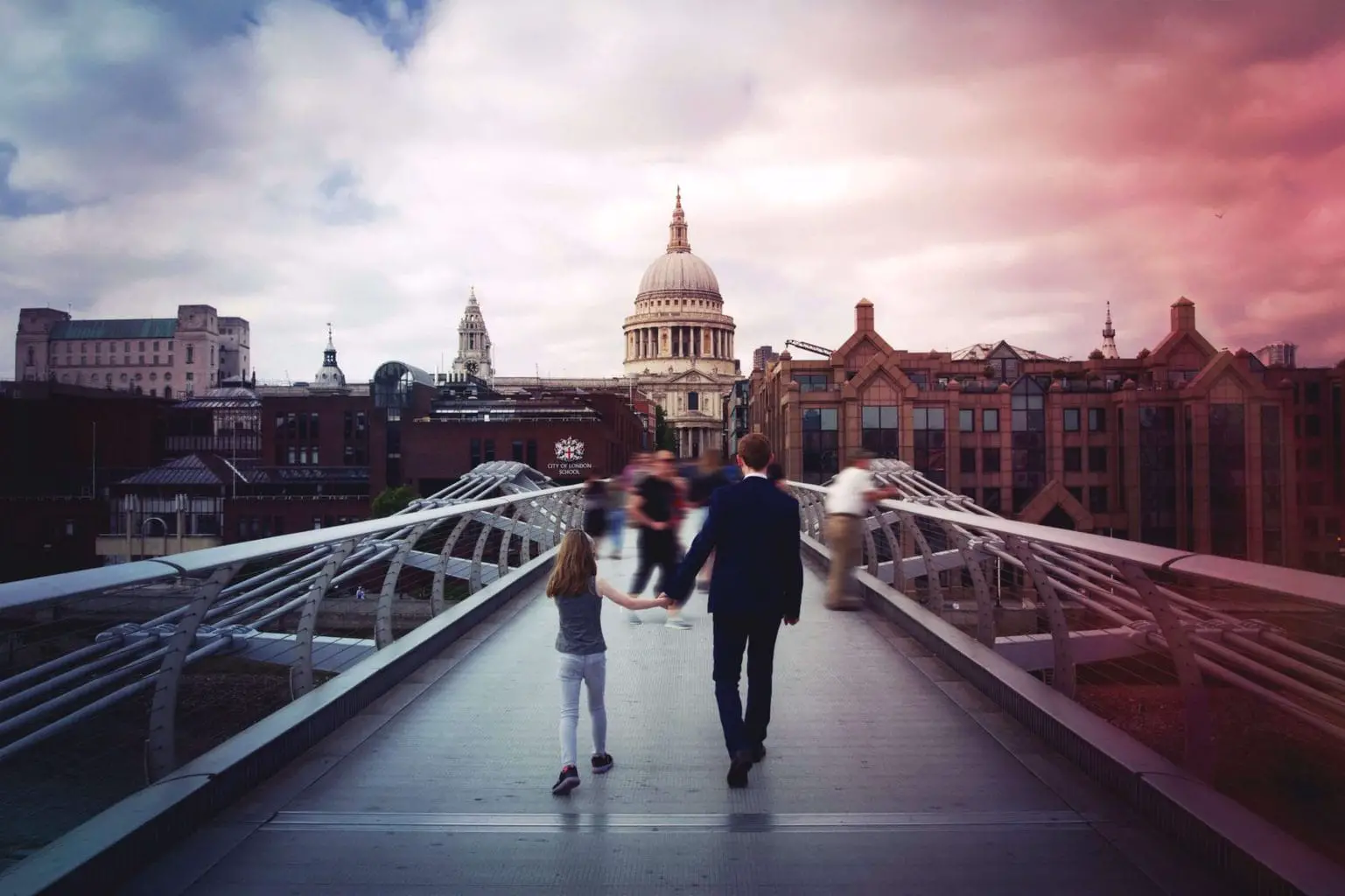
Did you know? If you talk to the walls on one side of The Whispering Gallery, you can hear what’s being said on the other side. How does it work? Simple science. Sound waves bounce around the inside of the curved hard wall! Awesome.
The London Eye
In the timeline of London, the London Eye is definitely one of the newer entries on the London Landmark scene, having only been built in 1999. Back then it became the highest observation wheel in the world. Impressive.
Thanks to the glass capsules that you ride on the London Eye you get a 360 degree view of London, enabling you to spot many other London landmarks on the ride, which usually takes about 30 minutes.
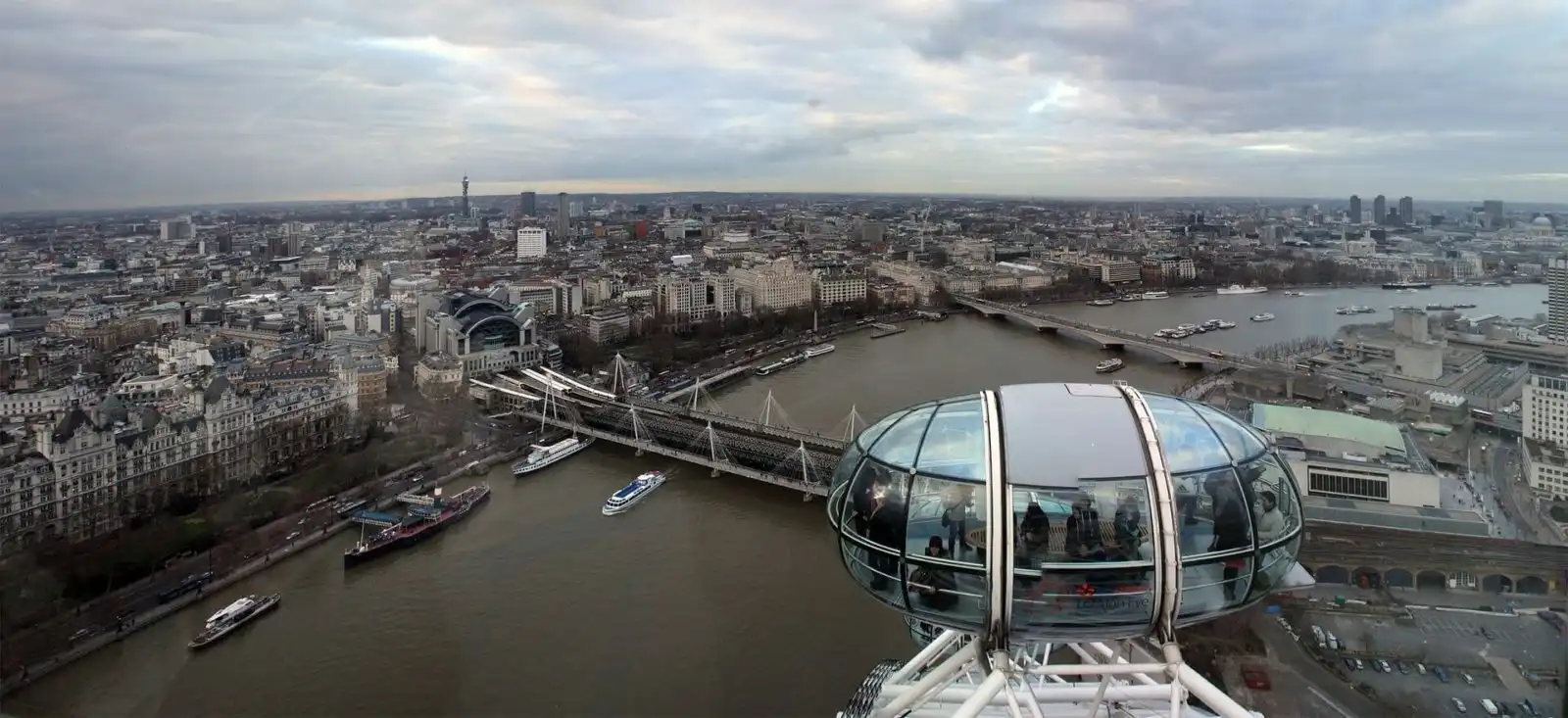
Did you know? The London Eye is Europe’s tallest observation wheel at 135m tall. It also happens to be the most popular paid London tourist attraction with close to 4 million people visiting it each year!
Houses of Parliament & Big Ben
Of course we couldn’t create a list of London landmarks without including Big Ben! This large clock tower, sitting alongside the Houses of Parliament. has to be the most famous landmark in London.
Technically the House of Parliament is actually called the Palace of Westminster, and holds both the House of Commons and House of Lords. There has been a palace on the site since the 11th century, and was the seat of the Kings of England until the 1500s when it was destroyed by fire. Although, since 1512, it has been the home to the Parliament of England. And in 1987 it was listed as a UNESCO World Heritage Site.
Set on the north banks of the river Thames, you’ll want to head to Westminster Bridge to get the best photo.
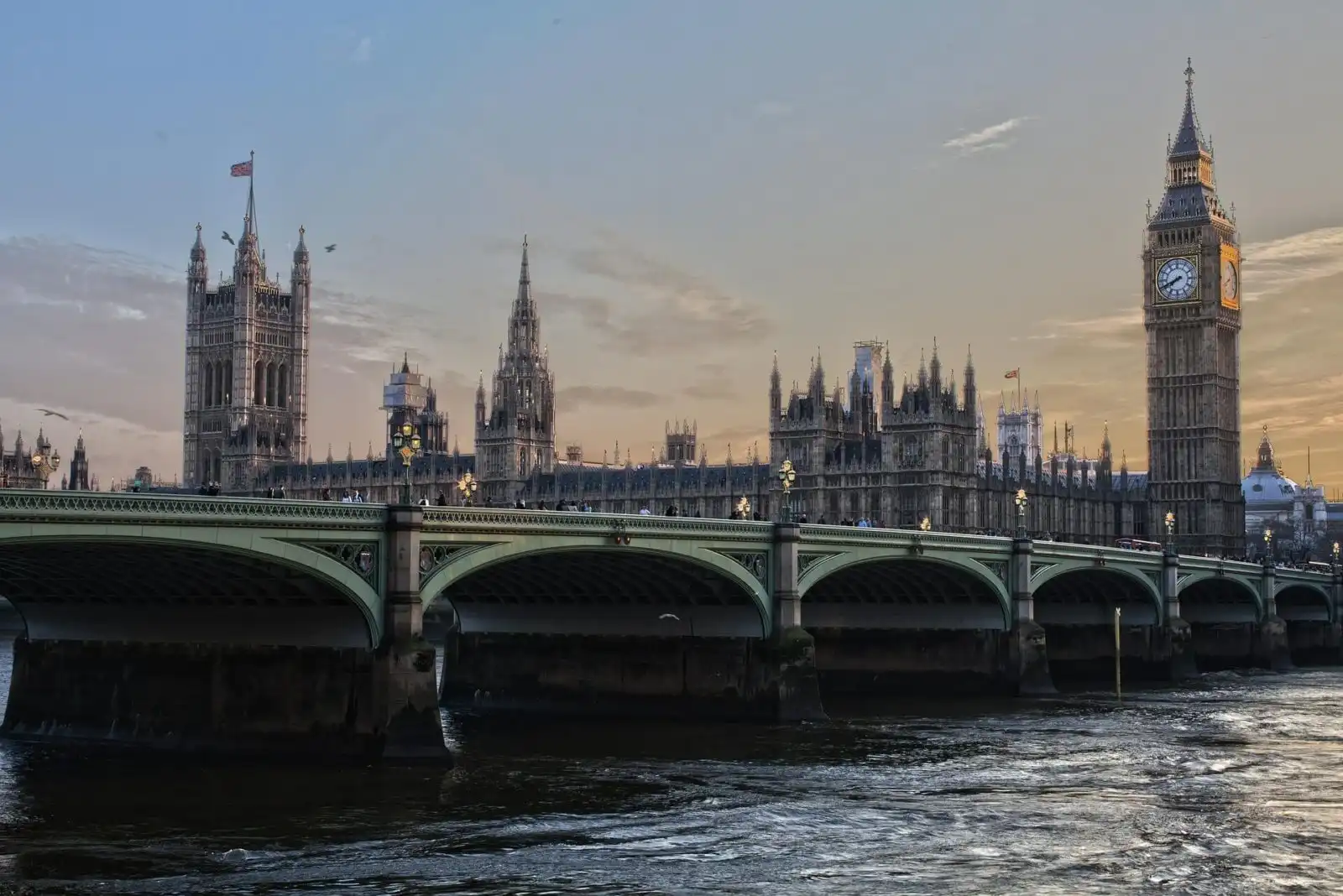
Did you know? What most people refer to as Big Ben is actually called Elizabeth Tower – it’s the bell inside the tower that’s called Big Ben.
Westminster Abbey
Just across the square from the Houses of Parliament, you will find our next London landmark: Westminster Abbey. The stunning church is one of the most beautiful in England and another London UNESCO World Heritage site. There has been a church on this location since the 7th century, and ever since the coronation of Norman the Conqueror in 1066 all coronations have taken place at the Abbey along with many royal weddings.
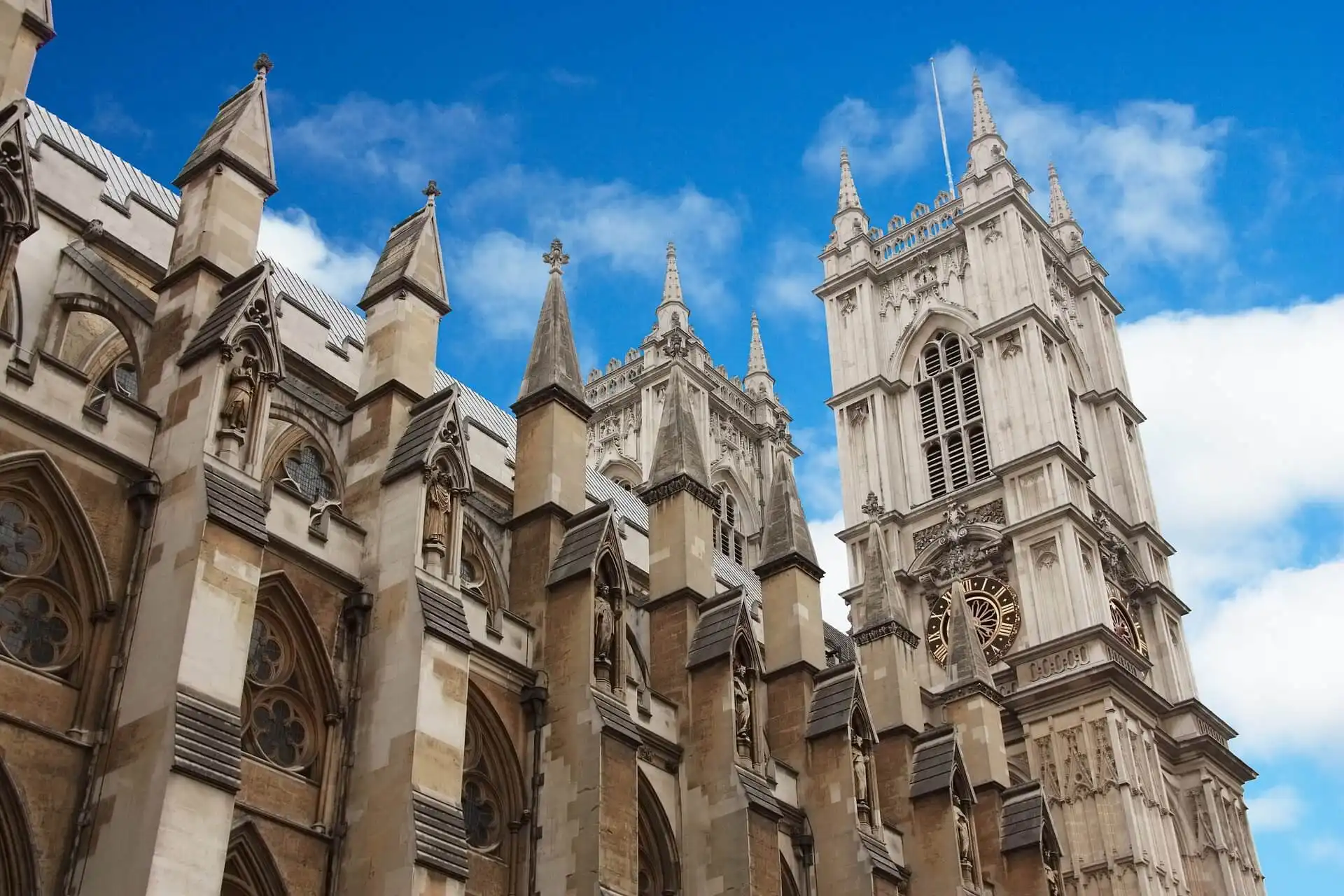
Did you know? Apart from many British monarchs, some of the UK’s most famous personalities are buried at Westminster Abbey, including Charles Darwin, Sir Isaac Newton, Geoffrey Chaucer and Charles Dickens.
The Royal Albert Hall
The Royal Albert Hall is one of the most stunning standalone buildings in London, and named after Queen Victoria’s husband who came up with the idea to have it built. Since it’s opening in 1871, it has hosted some of the world’s great performers, orchestras and ballets and can seat up to 5,400 concert goers.
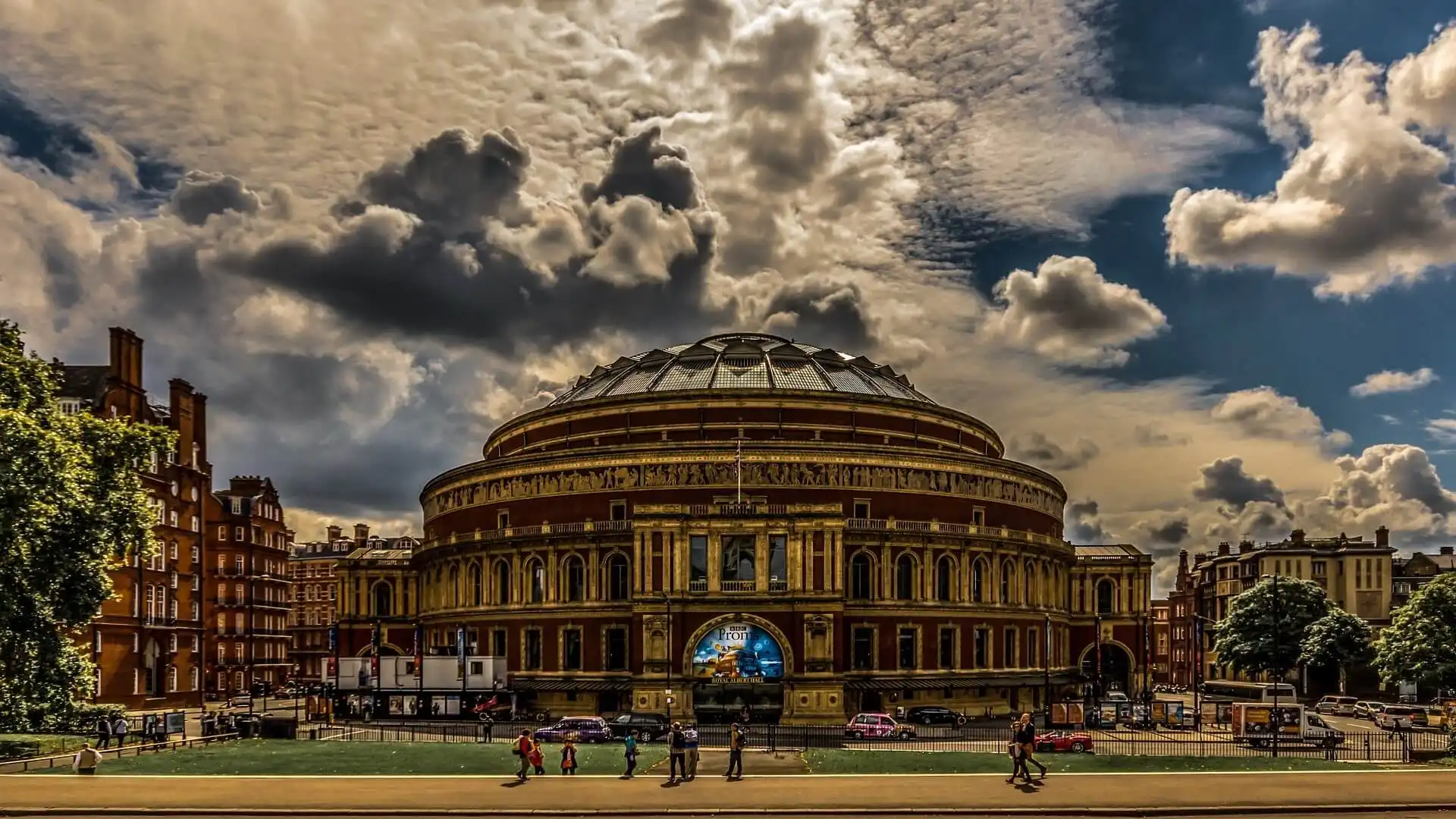
Did you know? Back in 1991, The Royal Albert Hall was the first venue to host a sumo wrestling tournament outside of Japan for 1500 years!
Tower of London
The UNESCO World Heritage site of the Tower of London was originally built back in 1066 by William the Conqueror and was used for numerous purposes over the next 1000 odd years. The castle is probably most notoriously known as a prison, but now home to the British crown jewels! And without doubt another of the most notable landmarks in London.
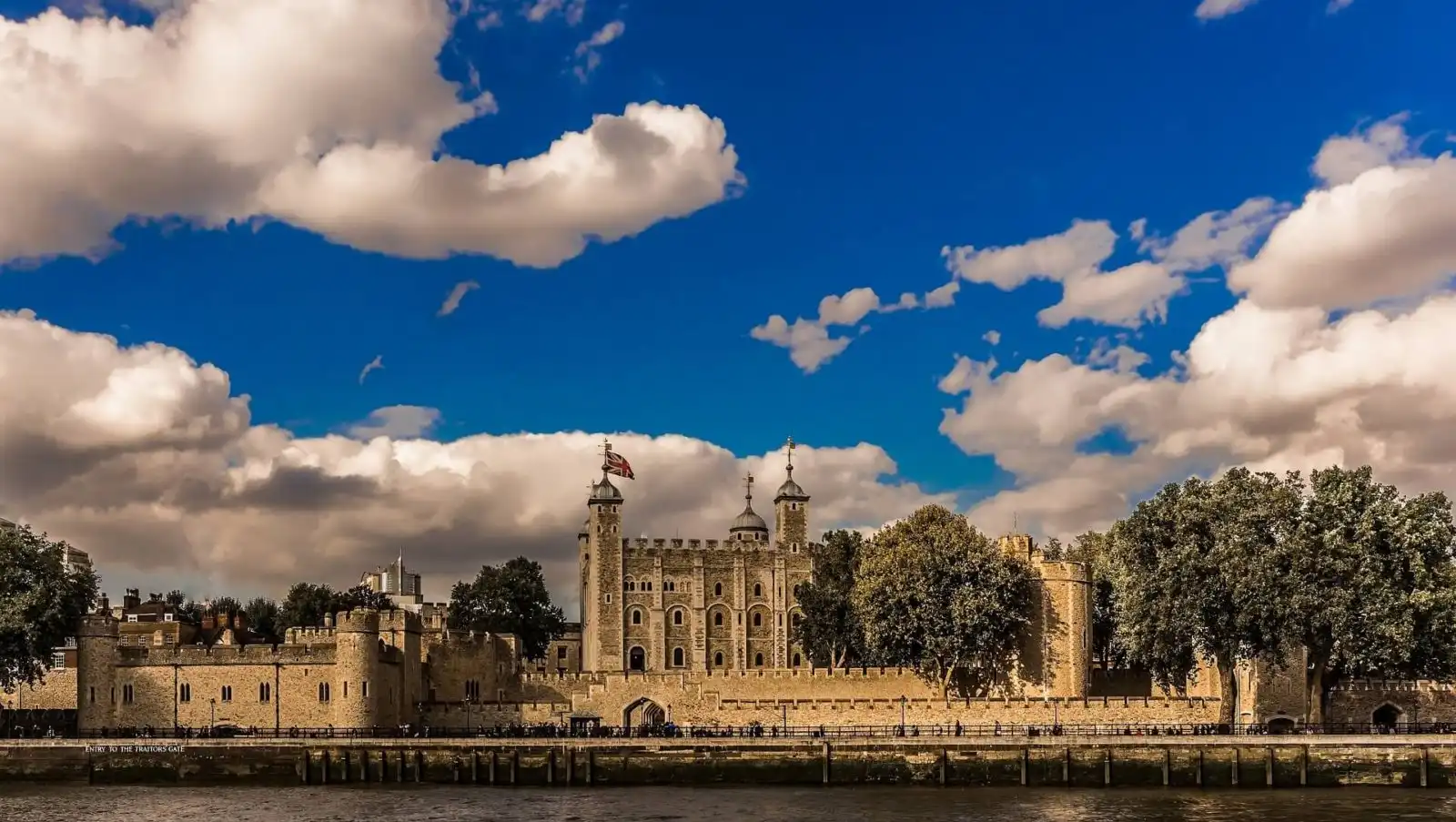
Did you know? The Tower of London has one of the world’s longest running attraction: an exhibition called the Line of Kings was first established in 1652! It holds a wonderful collection of weapons and armour.
Tower Bridge
Onto probably James’ favourite landmark in London, Tower Bridge, which he was lucky enough to walk past on his way to work for the best part of 4 years! And what a sight it is… no wonder it’s definitely in our list of the most iconic symbols of London.
Constructed back in the 1880s and 90s, the suspension bridge was built as the requirements for another crossing point of the River Thames grew. But, due to sailing ships needing to still get to the port facilities located further upstream towards London Bridge, a traditional fixed bridge could not be built.
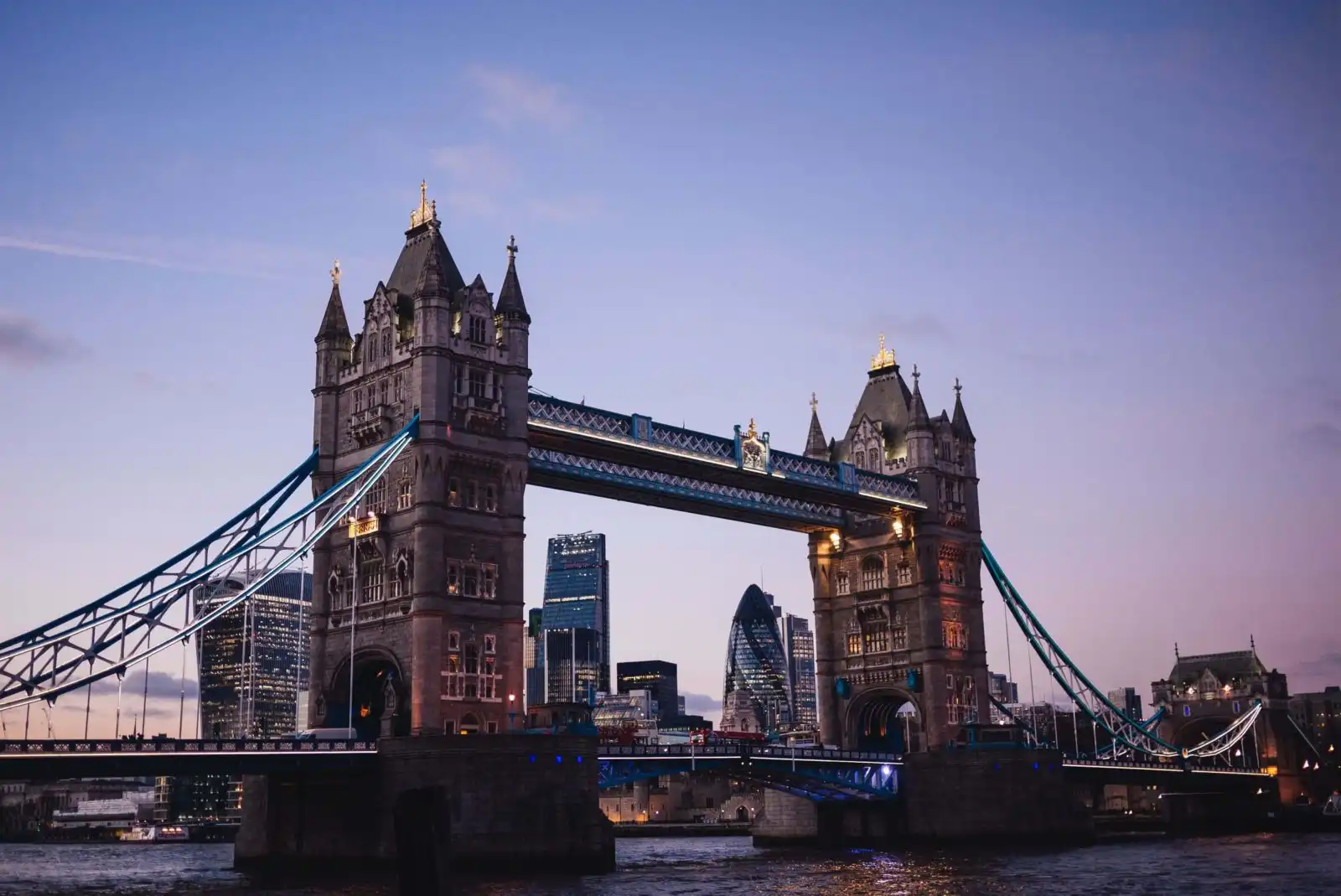
Did you know? The bridge is still very functional and it’s road lifts up, for a number of reasons, from ships requiring to go upstream, through to maintenance, which is awesome to watch. Check out the scheduled times, to see if you can catch it in action.
Buckingham Palace
The home of the Queen, Buckingham Palace is the London residence of the British monarch. The Palace only became home to the monarchs in 1837 when Queen Victoria ascended to the throne. Before that it was home to the Duke of Buckingham, hence the name.
It is a beautiful building, and one that you have to see when you are in London. It is massive, with over 77,000 sq. metres of floor space, and has 775 rooms, including 240 bedrooms and 19 state rooms.
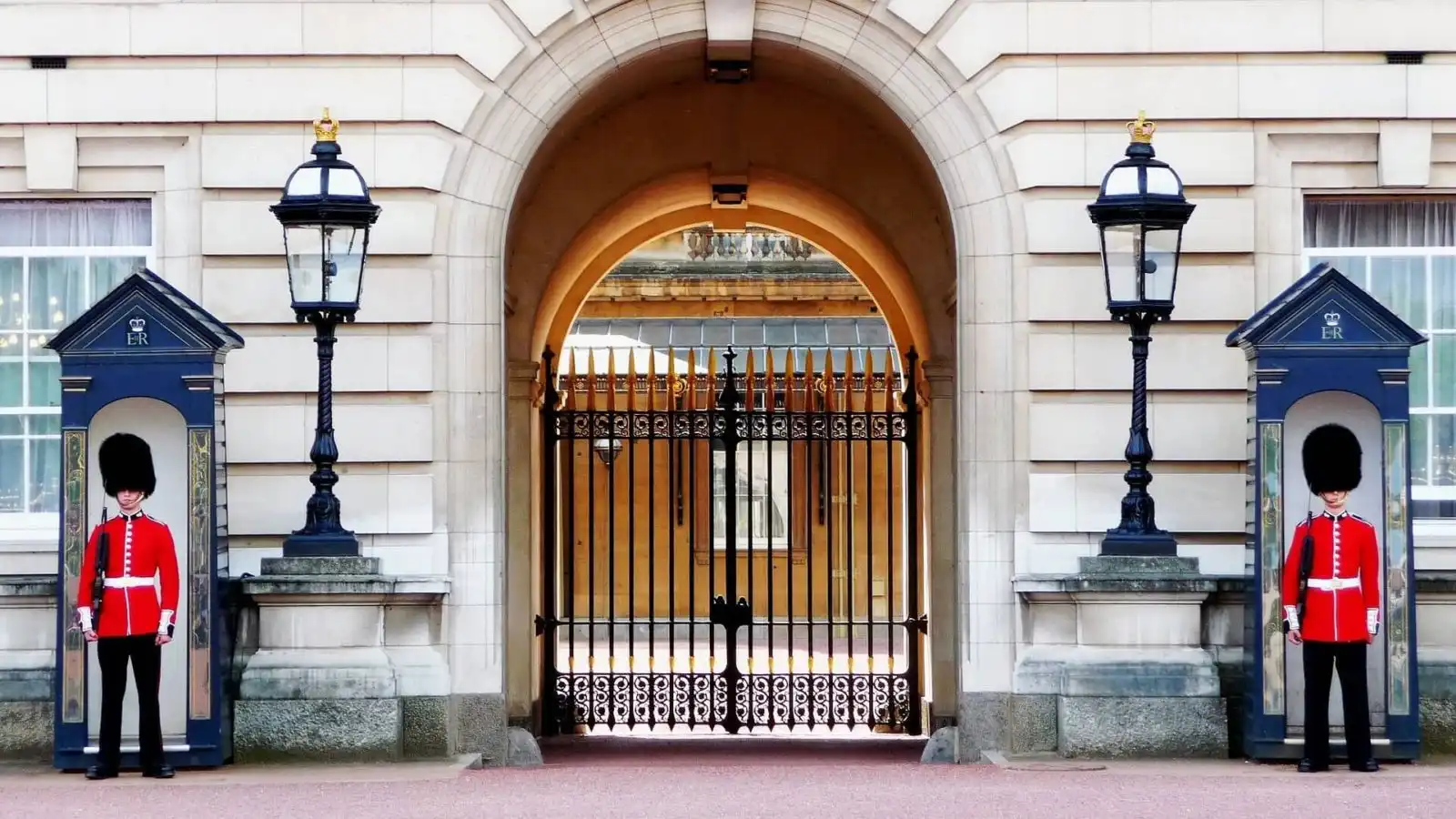
Did you know? You can tell when the Queen is at Buckingham Palace because of the different flag that flies above the Palace. When the Queen is not there you’ll see the Union Flag however, when she is at the royal residence, the Royal Standard is flown!
Trafalgar Square
The most iconic square in London, Trafalgar Square, was opened in 1844 to commemorate the Battle of Trafalgar – a naval battle in the Napoleonic Wars. However, the square has been an important London landmark for centuries before that.
Smack bang in the centre of the square is Nelson’s Column, the 169 ft column was built in honour of Admiral Horatio Nelson, a war hero who died at the Battle.
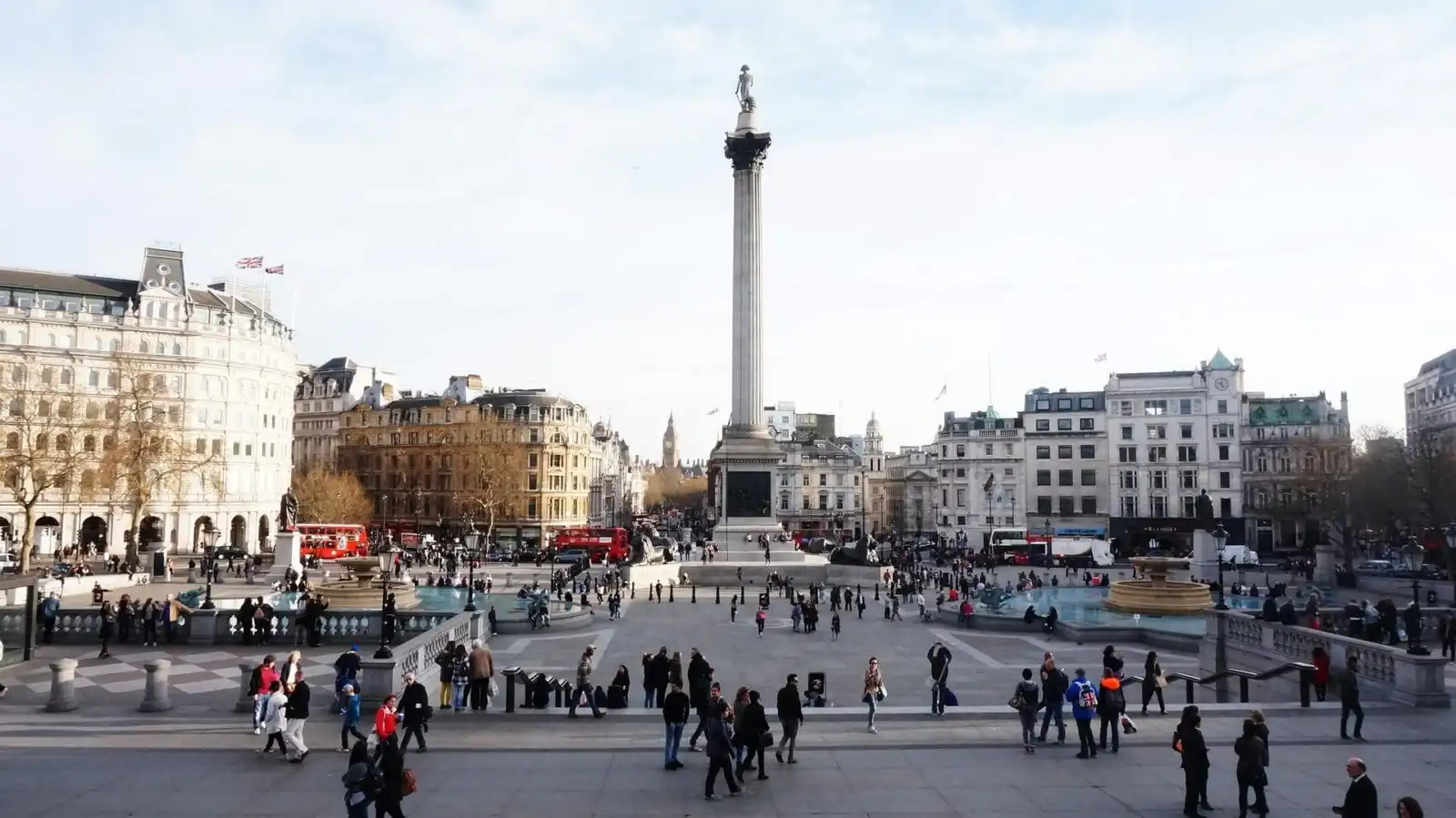
Did you know? Although once famous for all the pigeons, where people used to feed the birds, since 2003 there has been an effort to rid the square of them, which has been remarkably successful. So you’re unlikely to see many here now.
Covent Garden
Covent Garden (don’t be confused by the name it’s not really a garden at all), was originally a trading town. However, over the years it turned into a very important London market, before its latest rejuvenation in the 1980s when it became a shopping centre. Actually nowadays Covent Garden is more worth a visit for it’s delicious eateries and world-class pubs. You’ll also find the area buzzing with cool street artists and entertainers.
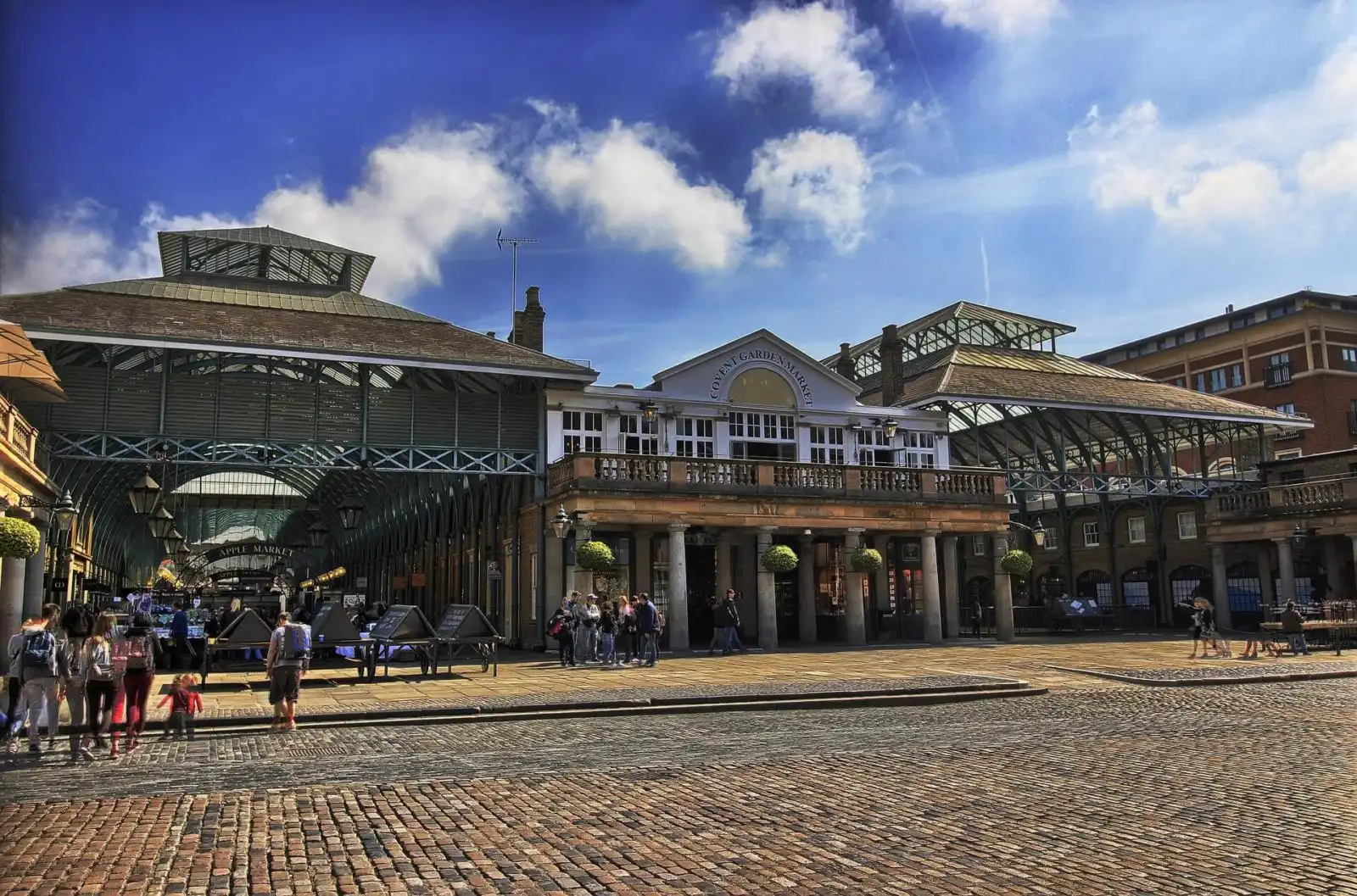
Did you know? So why is it called Covent Garden? Well the gardens comes from the fact that it was the market garden for Westminster Abbey, and Covent is derived from Convent!
Piccadilly Circus
In a shopping mood? Piccacidilly is the heart of London’s retail scene – you might recognize it for the huge, colourful billboards adorning some of the buildings in the area. The area around Piccadilly Circus is home to some of London’s leading department stores like John Lewis, Debenhams and Selfridges.
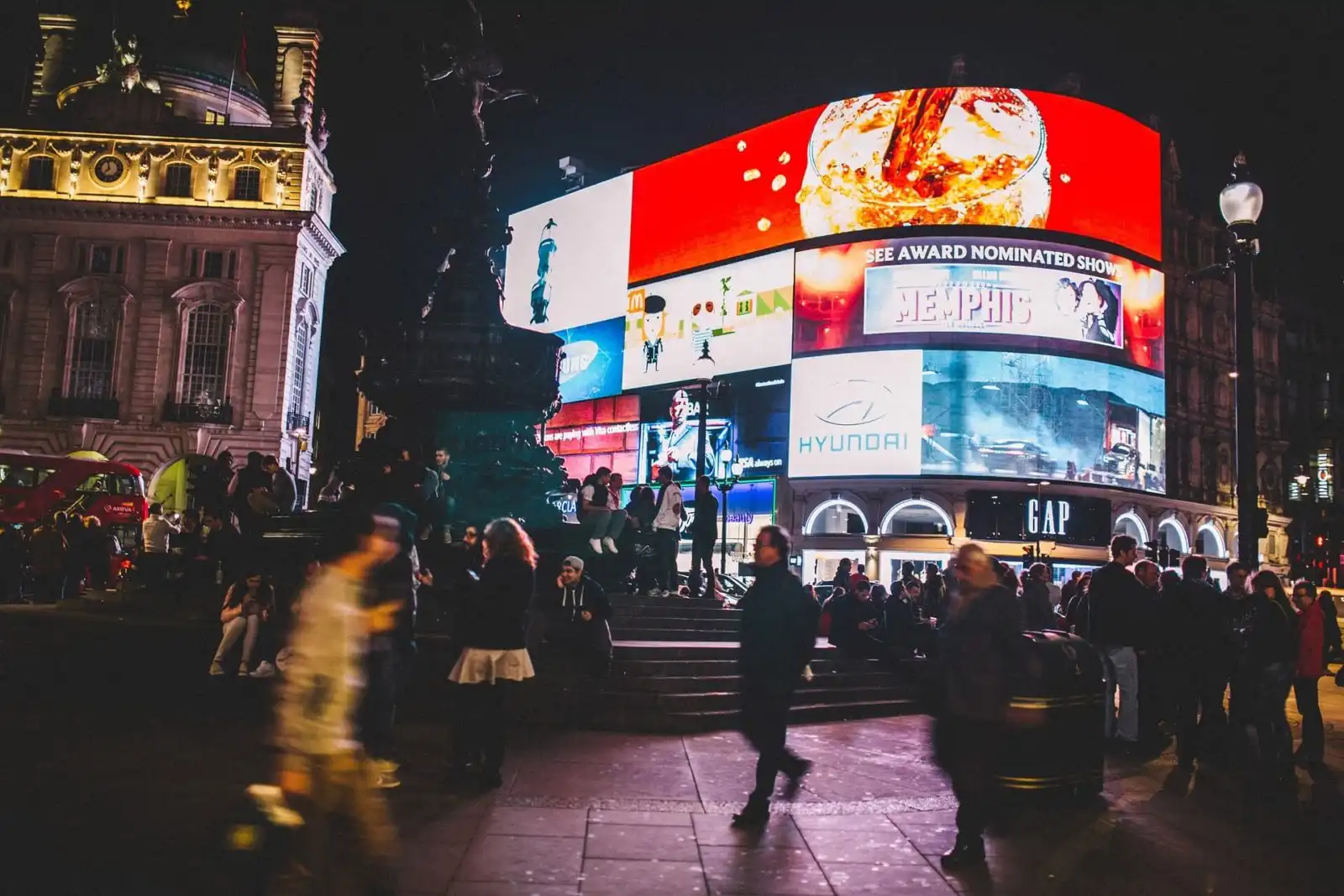
Did you know? The junction has been an advertisers dream for much longer than you’d think. The first commercial billboards were all the way back in 1908! The most famous resident, the Coca Cola sign has been in Piccadilly Circus since 1955. And only twice since WW2, for the funerals of Winston Churchill and Princess Diana, have the billboards been switched off.
Natural History Museum
The clue is in the name for this one, as the Natural History museum includes the best of the world’s life and earth science specimens from across history. The museum is particularly famous for it’s exhibitions of dinosaur skeletons, most notably ‘Dippy’, the 32 metre (105 foot long) replica of Diplodocus. But has a range of items across five main collections: zoology, paleontology, mineralogy, entomology and botany. The building itself was designed in 1864, after the various collections of natural history items outgrew their space in other museums.
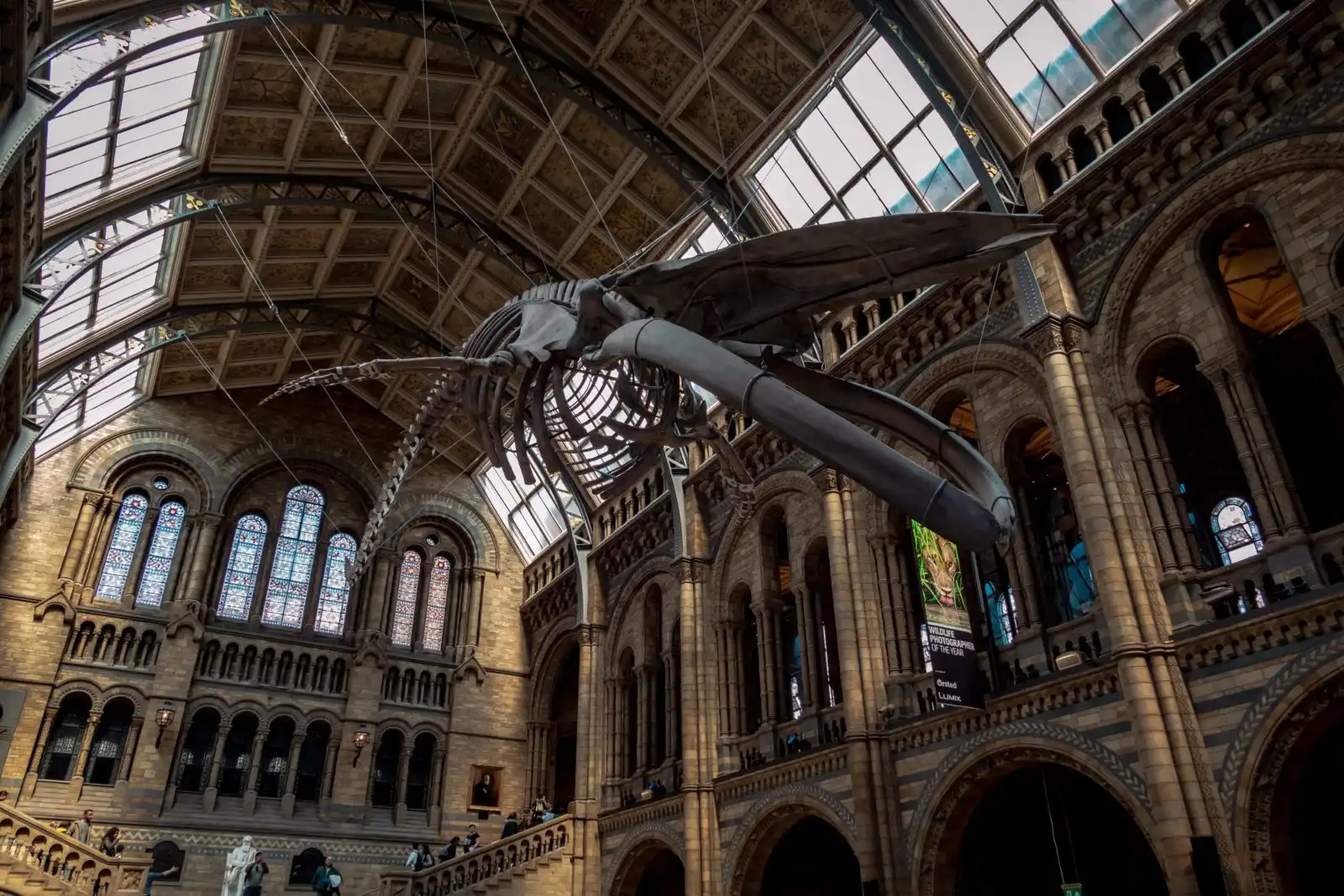
Did you know? The Natural History museum holds arguably the globe’s most important Natural History collections, which is made up of nearly 80 million items.
Hyde Park
Probably the most famous park in London, Hyde Park,is one of eight Royal Parks, covering 350 acres (1.4 square km). The park is one of the largest green spaces in the city and an oasis for city-dwellers, who like to visit the Princess Diana Memorial, Kensington Palace and the Serpentine. It also boasts Speakers Corner, an area where historic figures like Karl Marx and George Orwell used to make speeches to enthusiast crowds in the late 1800s.
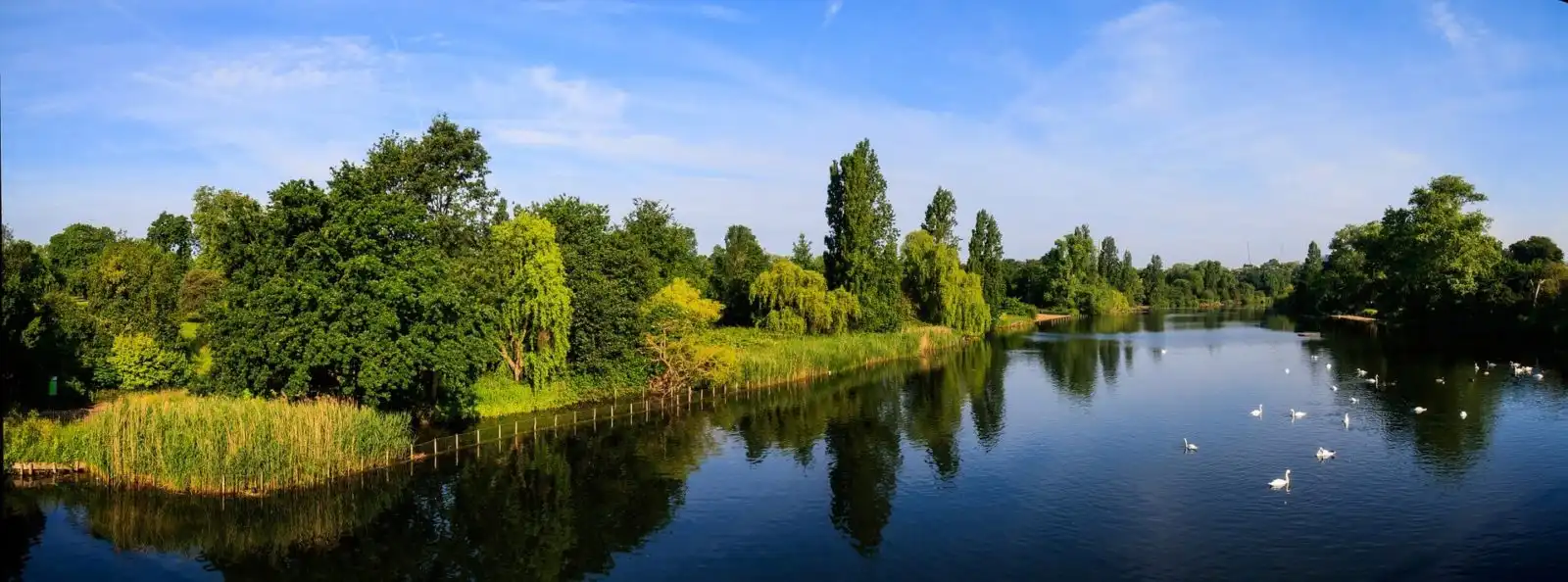
Did you know? Hyde Park was actually created by Henry VIII when he confiscated it from Westminster Abbey and turned it into a hunting ground.
London Landmarks Map
Wanting to plan your landmarks itinerary? We’ve plotted all of them on a map for you below:
Where to stay in London?
Just in case you need some recommendations on where to stay while visiting these London icons, here are some of the best hotels to stay:
Budget: London isn’t exactly cheap, but the highest rated hostel in the city centre is a good bet if you’re on a budget – Wombat’s City Hostel.
Mid-range: If you’re looking for comfort at a reasonable price, our favourite is the Doubletree by Hilton near the Tower of London. We’ve stayed here a number of times and it offers a great location to see many sights on this list!
Luxury: If you’re looking for an iconic hotel in London, then look no further than The Savoy Hotel. The name speaks for itself.
Recommended: Interested to find out what landmarks have made it onto the list of must-visit attractions in Croatia?
What’s the best way to see many of the London Landmarks?
If you are planning to check out some of the London landmarks, then we’d definitely suggest you look into the London Pass, as it will definitely save you money when visiting these iconic places!
There are also loads of great additional landmarks and attractions like the Royal Observatory that didn’t make our list also included within the London Pass, so it would be worth considering. A massive added bonus is that you can add an Oyster Travelcard to your pass, which means you get access to the underground, busses and trains too, helping with your travel between the landmarks in London.
Read next: Check out the monuments and places that made it’s onto the list of top US landmarks!
Looking for the Ultimate London itinerary?
Don’t fret, we’ve done all the work for you! Whether you’re looking for the best museums or London attractions, which park to take a stroll through or a detailed London guide to help plan your trip – check out our 4 days in London article.
Or want to get away from the big smoke?
Then why not consider heading out of London and getting down to the west coast, with our perfect Cornwall itinerary.
Feeling healthy and want to see the Landmarks?
Then why not try out the London Landmarks half marathon? The 13.2 mile course takes you past some of the most iconic London landmarks, including The Mall, Trafalgar Square and Nelsons Column, The West End theatre area, Somerset House, over Waterloo Bridge with a view of The London Eye, St Paul’s Cathedral, the Tower of London, along the River Thames, to the Houses of Parliament, before finishing close to 10 Downing Street! What a route for London sightseeing!
So what do you think of our list of London landmarks? Did we miss any off the list? And see how many of them made it into the list of most famous landmarks around the world!
Want to save this for later? Why not pin it…
